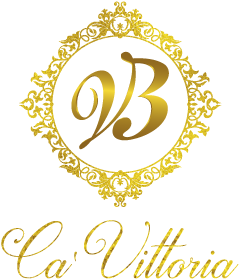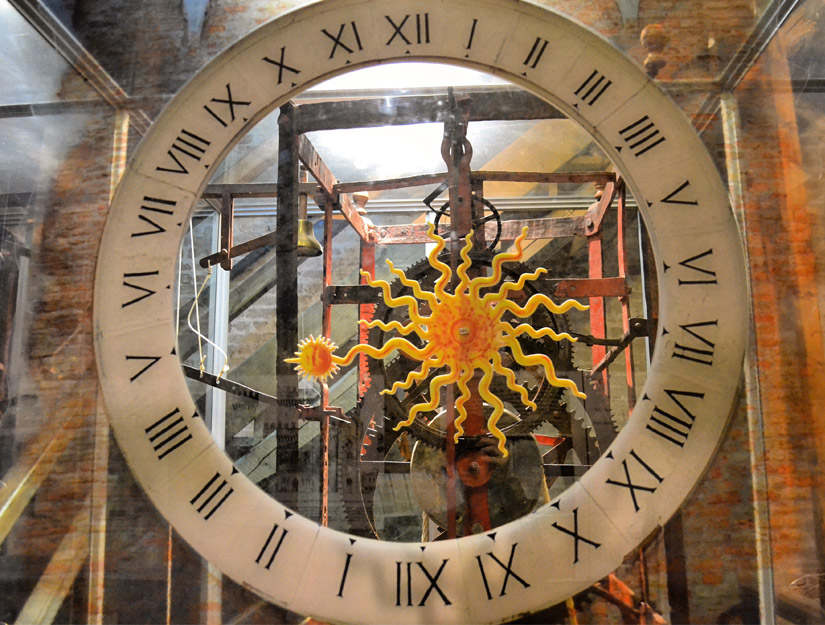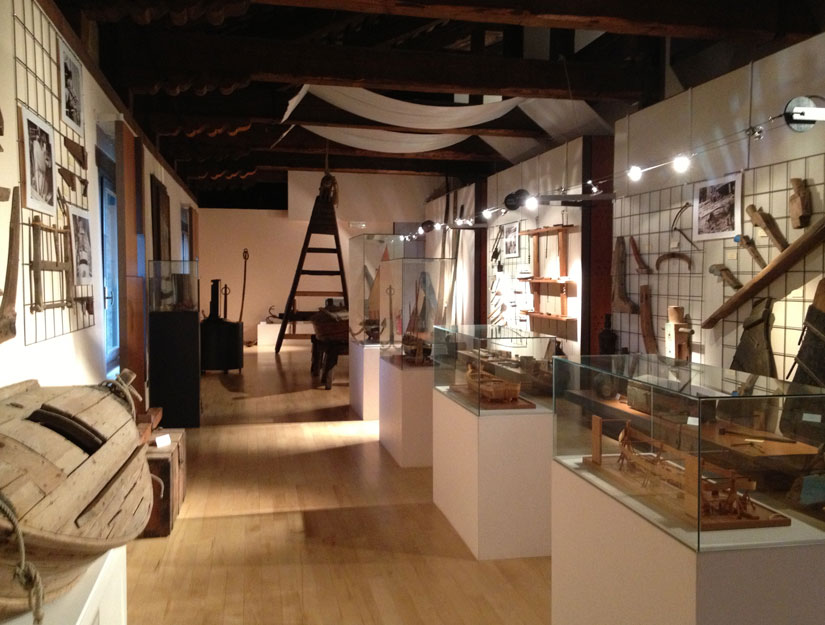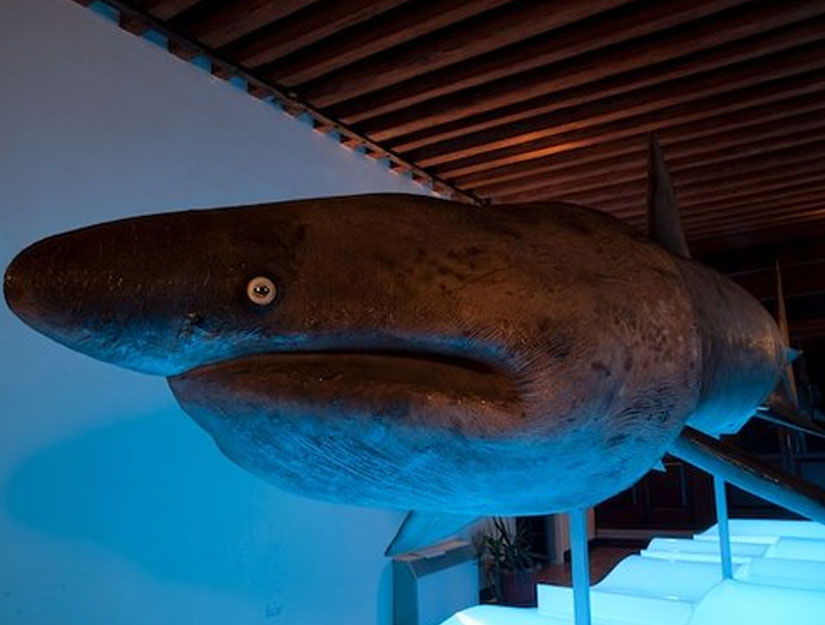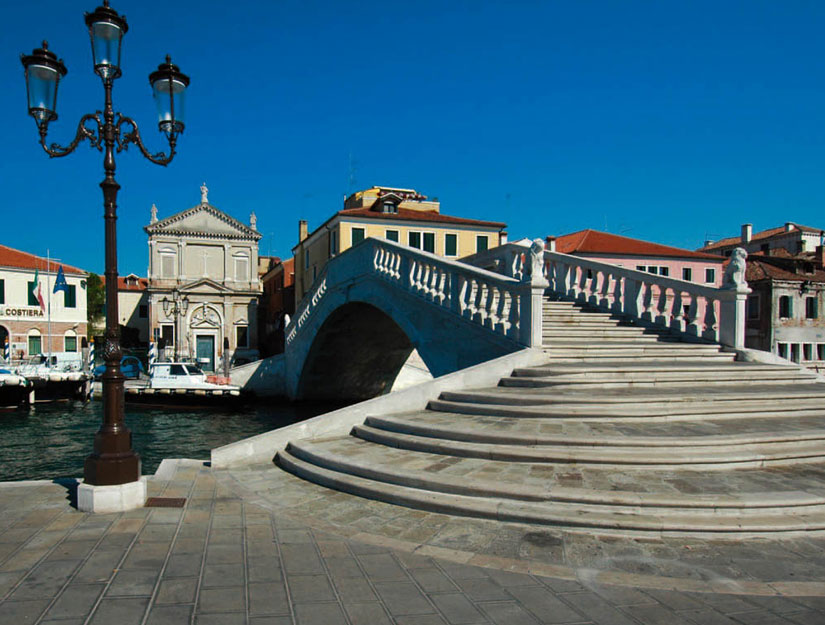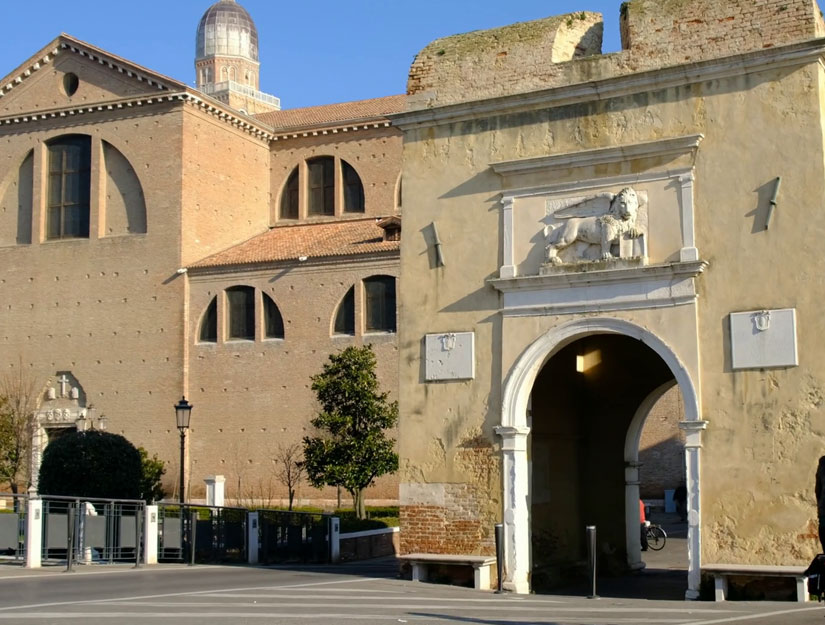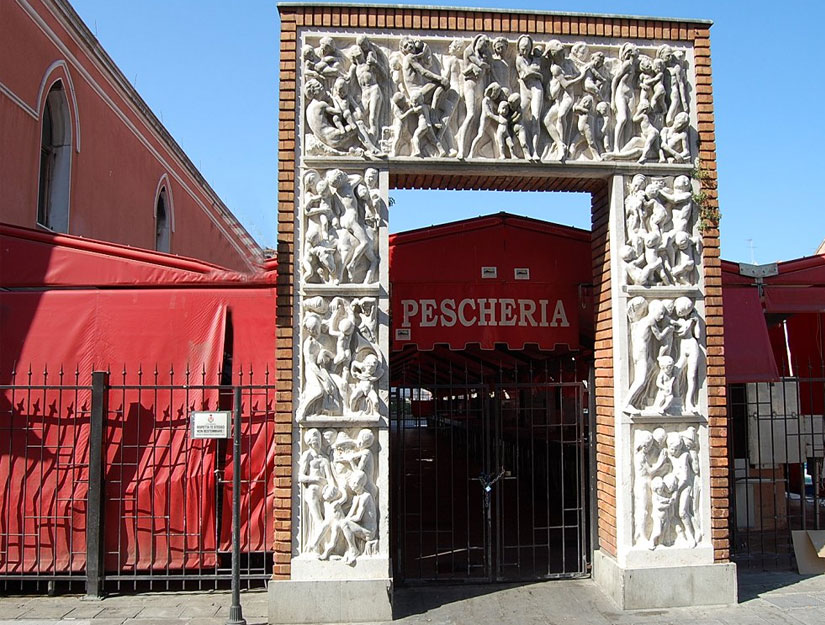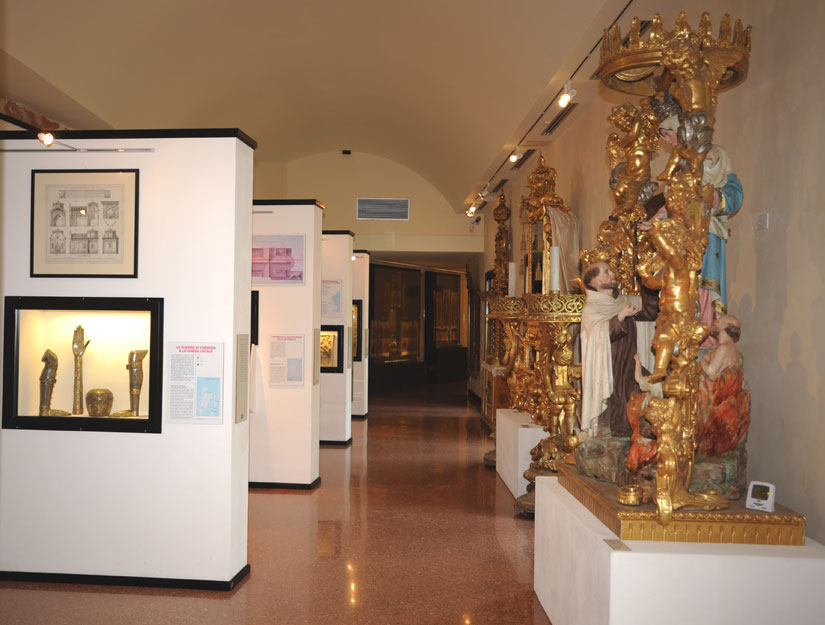Chioggia, little Venice
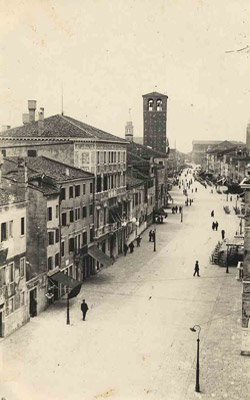
Chioggia is situated in the Venetian Lagoon and is the seventh district of the region by population. According to the legend, the founder is a man that came from the sea, Clodio, who ran away from a fire in Troy and decided to settle in the lagoon. As a symbol of the town Clodia and as a reminder of his own, he choose a rampant lion.
During Byzantine and Roman times, it was inhabited but in the next years it became important due to its canals that granted links and trades with Istria and Dalmatia, without going through the open sea.
In the dark centuries Chioggia welcomed populations from Padua, Este and Monselice, threatened by the Barbarians and they started to develop two main activities: salt production and horticulture. As years go by, lagoon fishing developed first, followed by sea fishing next and the construction of typical boats, such as tartane and bragozzi, turning Chioggia into a rich and prosperous town in the XIV century.
In 1387 a conflict started between the maritime republics of Genoa and Venice; the Genoveses took over both Chioggia and Sottomarina for a couple of years and they left them almost completely destroyed. In the next centuries people started moving to Chioggia where a couple of buildings still remained, two of which are the Granaio Palace and the Cathedral. The land people lived on was very unsteady, subject to flood hazards, epidemics, famine and plenty of hand work. They then started building the Medieval town, with religious houses, churches and sanctuaries.
In 1866, after the third Independence War and after the Italian annexation of the Veneto region, the problems became more obvious for Chioggia: the lack of funding for public works, a fishing crisis and residents from Sottomarina demanding independence. Something changed at the end of the 1800s, when the first aqueduct was built and gas lighting made its way into the town, which was linked to Rovigo by the new train station. Major improvements happened in 1935 when the dams and a working and modern aqueduct were built.
Tourism and fishing are the most important activities nowadays, same as horticulture and commercial activities.

